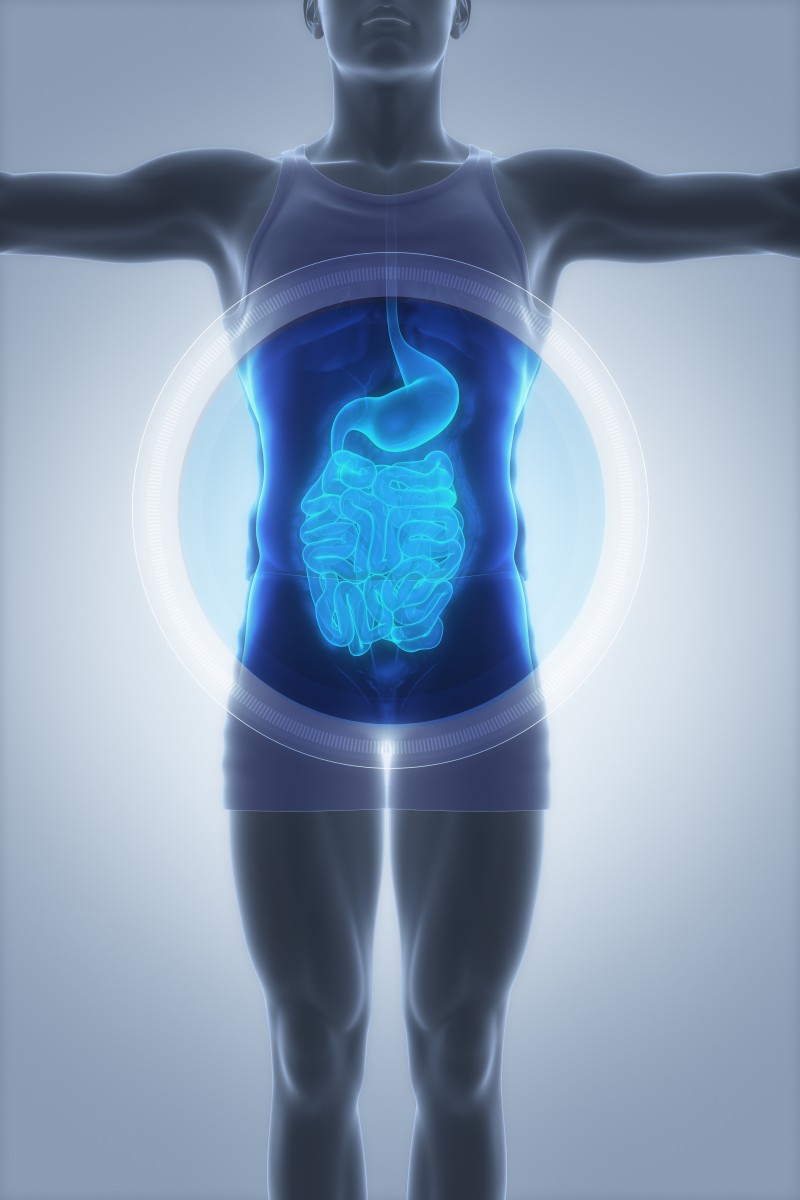A recent study entitled “Hyaluronan Synthase 3 Null Mice Exhibit Decreased Intestinal Inflammation and Tissue Damage in the DSS-Induced Colitis Model” was published in the International Journal of Cell Biology by Sean P. Kessler and colleagues from the Department of Pathobiology, Lerner Research Institute Cleveland Clinic, Cleveland, USA. In the study, researchers suggest that the control of Hyaluronan Synthase 3 (HAS3) expression in the intestinal microvasculature may be a potential novel therapeutic intervention strategy for patients with inflammatory bowel diseases (IBD).
Hyaluronan (HA) is a carbohydrate polymer produced by different types of cells and present in the extracellular matrix of all healthy and inflamed tissues. Higher production of HA has been shown to be a feature of several inflammatory diseases, including IBD. IBD, which includes Crohn’s disease and ulcerative colitis, seem to be induced by an intricate interaction of external and genetic factors, epithelial barrier defects and alterations of the gut immune system. The regulation of HA production is done at the cytoplasmic membrane surface by hyaluronan synthase (HAS1, HAS2, or HAS3) enzymes, before delivered into the extracellular matrix to function as a space-filling and supporting anionic molecule.
The research team has been studying the role of HA in intestinal inflammation, mainly in the context of IBD. In previous studies they have shown that, during colitis, the production of the HA rich leukocyte adhesive matrix surrounding the intestinal microvascular endothelial cells could be induced by a series of pathogenic factors such as viruses and inflammatory cytokines, mainly TNF-alpha. This HA rich-matrix can bind mononuclear leukocytes and lymphocytes that may contribute for the migration of more inflammatory cells during IBD.
In the study, the team blocked HA production to assess if this would affect the inflammatory process that occurs in the murine DSS-colitis model, a well-recognized experimental model to study severe inflammatory alterations that occur in the gut during colitis. They used mice deficient for HAS1, HAS3, and for both HAS1/HAS3 and analyzed disease development and histological alterations in the colon of the animals for ten days, the duration time of the disease.
Researchers observed that mice deficient for HAS3 had significantly less severe colitis, as well as lower weight loss, disease activity, colitis score, systemic interleukin-6 levels and histology/immunostaining features of the disease.
Based on their findings, the authors suggested that the control of HAS3 expression in the microvasculature of IBD patients could be a potential approach for therapeutic intervention by the use of drugs.

